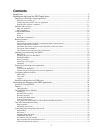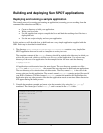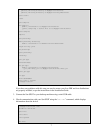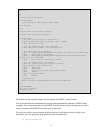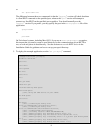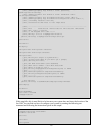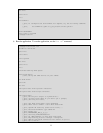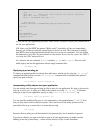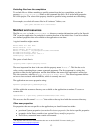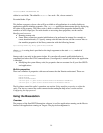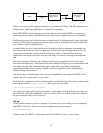
8
-post-init:
init:
-override-warning-find-spots:
-main-find-spots:
[echo] Using Sun SPOT device on port COM45
-do-find-spots:
slots:
-run-spotclient-with-optional-remoteId:
-run-spotclient-with-script-contents:
-run-spotclient:
[java] Waiting for target to synchronise...
[java] (please reset SPOT if you don't get a prompt)
[java] [waiting for reset]
[java] Sun SPOT bootloader (1514-20060824)
[java] SPOT serial number = 0014.4F01.0000.011D
[java] Application slot contents:
[java] 0: C:\arm9\BounceDemo-OnSPOT/suite/image (Thu Aug 24 12:51:22 BST 2006)
[java] 28196 bytes at 0x10140000
[java] 1: /home/Syntropy/SunSPOT/sdk-21Aug2006/tests/spottests/suite/image
(Thu Aug 24 16:39:14 BST 2006)
[java] 115452 bytes at 0x101a0000 (current)
[java] OTA Command Server is enabled
[java] Not ignoring application suite at startup
[java] Squawk startup command line:
[java] -Xmx:470000
[java] -Xmxnvm:128
[java] -isolateinit:com.sun.spot.peripheral.Spot
[java] -MIDlet-1
[java] Library suite hash:
[java] 0x50b227
[java] Exiting
[delete] Deleting: C:\SunSPOT\dev\temp\spot-temp-1808154274
info:
BUILD SUCCESSFUL
Total time: 3 seconds
C:\MyApplication>
If you don't see the expected output, try pressing the Sun SPOT’s control button.
You will notice that the communication port has been automatically detected (COM45 in this
example). If you have more than one Sun SPOT detected, the ant scripts will present you with a
menu of connected Sun SPOTs and allow you to select one.
You may not wish to use the interactive selection process each time you run a script. As an
alternative, you can specify the port yourself on the command line:
ant -Dspotport=COM2 info





